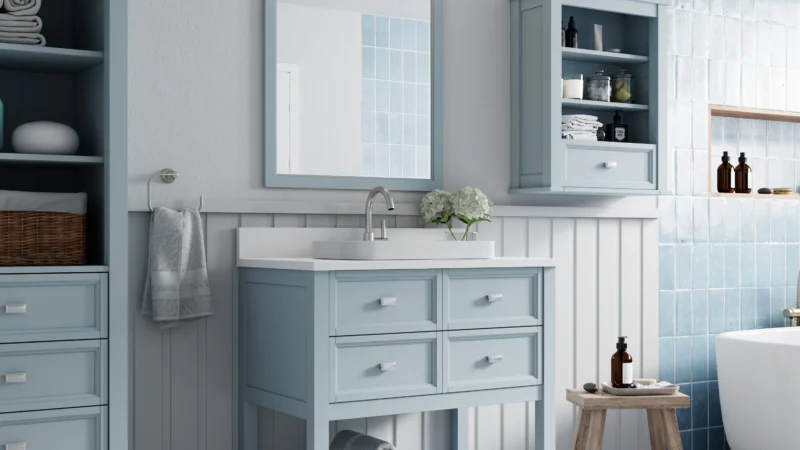Top Signs of Mold in the House
What’s one of the worst nightmares for most homeowners? Mold. If you have found a patch of dark and furry growth dropping from the wall into your carpet, then you have a mold problem. However, the problem is that such diagnosis are not always this obvious. There is a good chance you could be living with mold for years before you discover it. If you are worried that there might be mold lurking in your home, here are some top signs that can indicate a possible infestation:
- Your heating or air conditioning smells weird
If there is a nasty smell that’s coming from your heating or air conditioning system, it could be a sign of mold. Standalone air conditioning units are considered hotspots for mold growth. They are dark, damp and frequently exposed to warm temperatures when they are not being used. If you keep an air conditioner in a closet or heated basement during the winter, it will also increase the likelihood of mold. If you don’t want mold to grow in your cooling and heating systems, you should get them checked out regularly by a HVAC specialist.
- The grout between your bathroom tiles is dark
The next time you are in the shower, check the tiles to see if the grout between them is dark. The good news about this kind of mold is that it is mostly harmless.
- Your wallpaper is peeling
Some level of scruffiness and discoloration will eventually hit your wallpaper. But, any surface abnormalities, like bubbling and cracking, and unusual peeling indicates the presence of moisture in the wall. Moisture is basically one of the top signs of mold in the house. Therefore, you need to keep an eye on the walls and make sure you pay attention to the areas that look warped or feel damp.
- Your cold just won’t go away
Sneezing fits and a perpetually runny nose could be symptoms of a mold reaction. You may think that you just have a cold that you cannot get rid of, but in reality, it could just be a sneaky symptom of a mold problem. Keep track of your symptoms and see if they get worse after you spend time in a specific room or immediately after you have done your laundry in the basement.
- There are dark or colored spots on the wall
Mold can appear in different colors, textures and shapes. It can be grey fuzz that looks innocuous or appear as green, dripping slime. If there are spots appearing on your walls, you should ensure there are no pipes leaking and the humidity in the room is under control.
- You feel itchy
While mold is mostly known to grow in basements, it can also infest clothing. Damp clothing, in particular, is vulnerable to mold. If you leave your wet towels on the floor or dry your laundry indoors, mold can grow on the fibers and irritate your skin. It is best to dry your wet clothing as soon as possible and not allow damp clothes to accumulate in a room.




